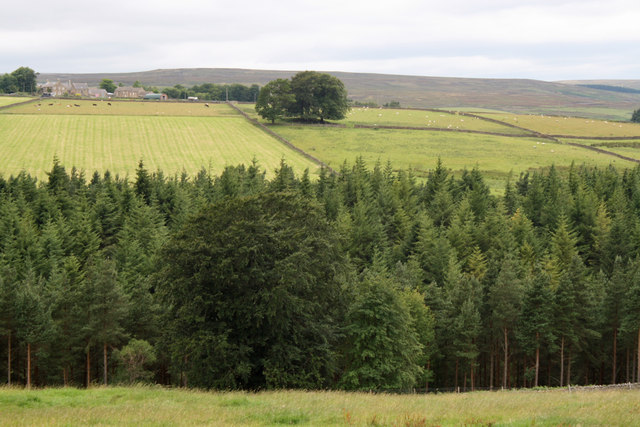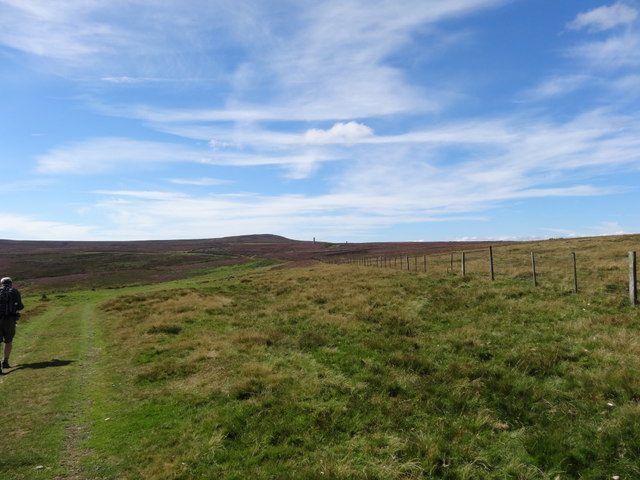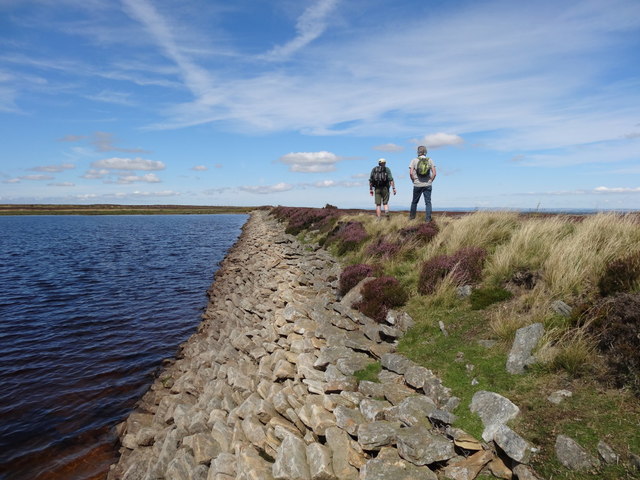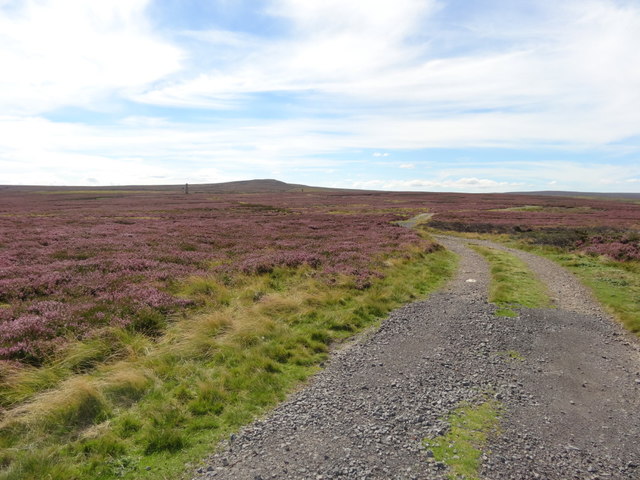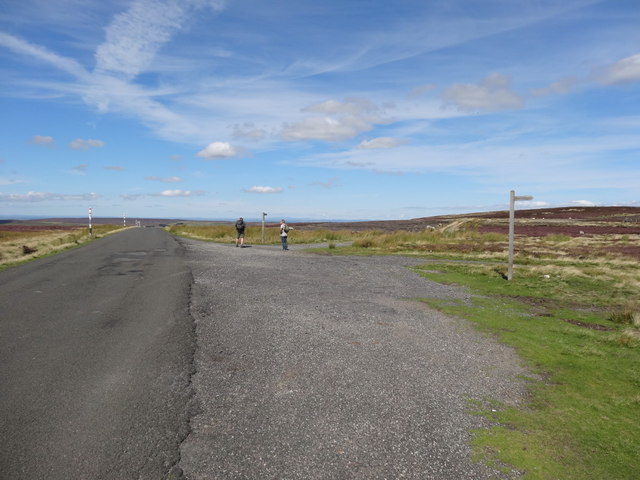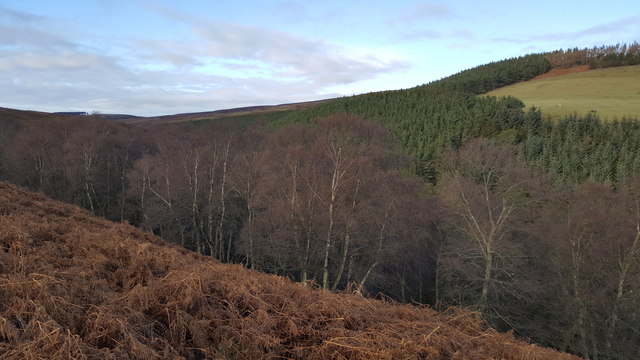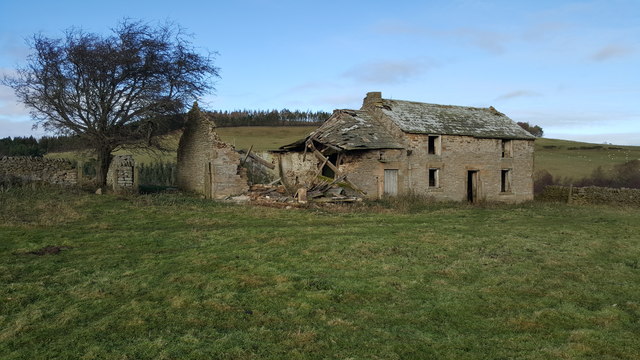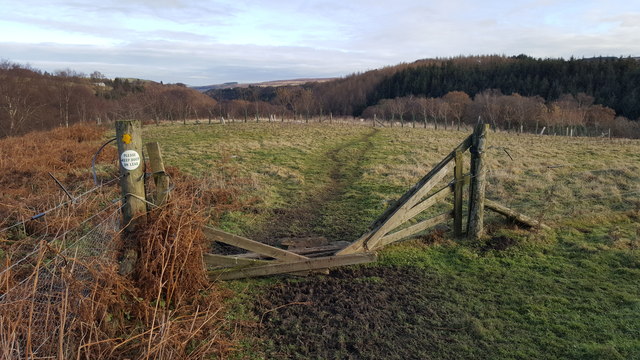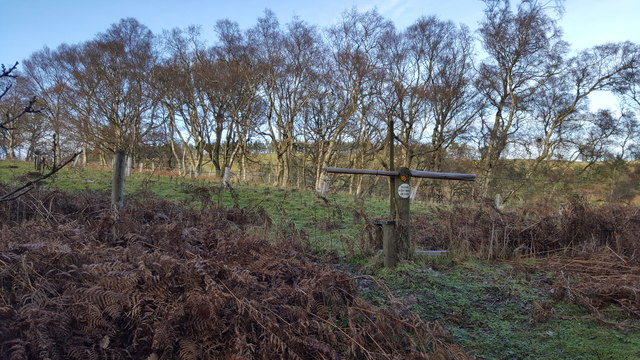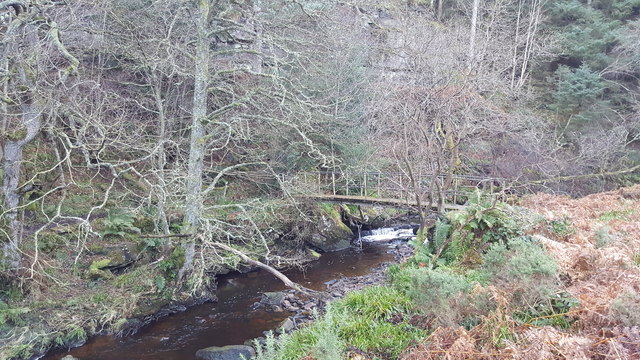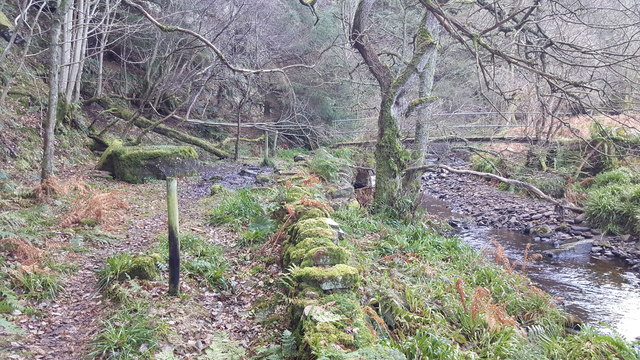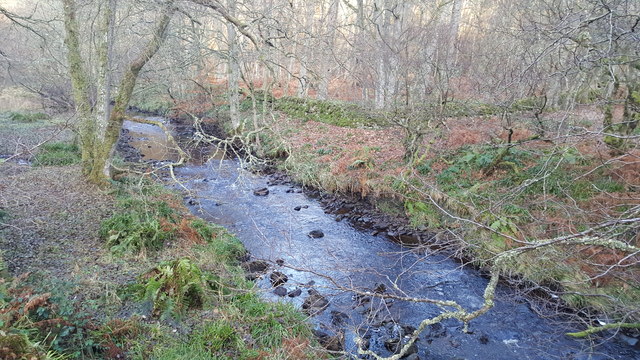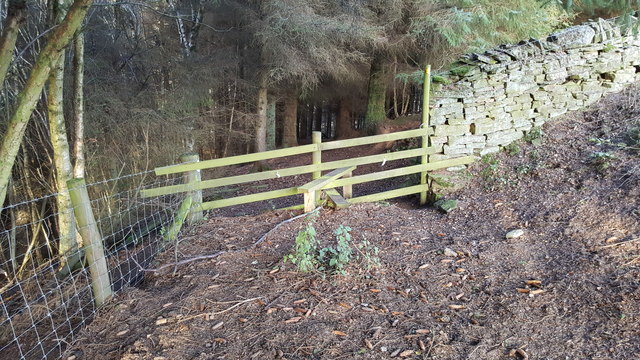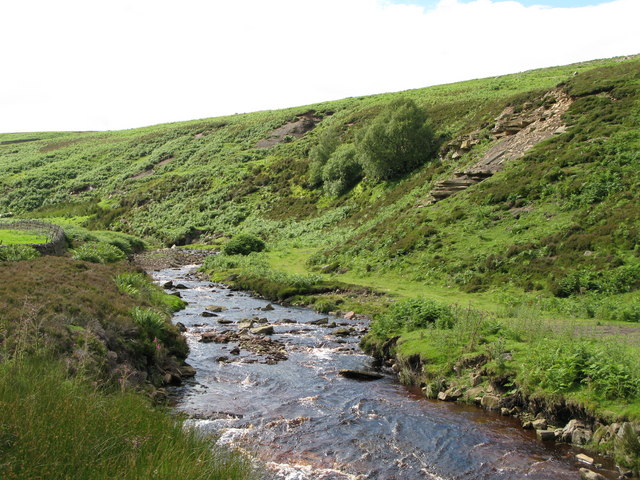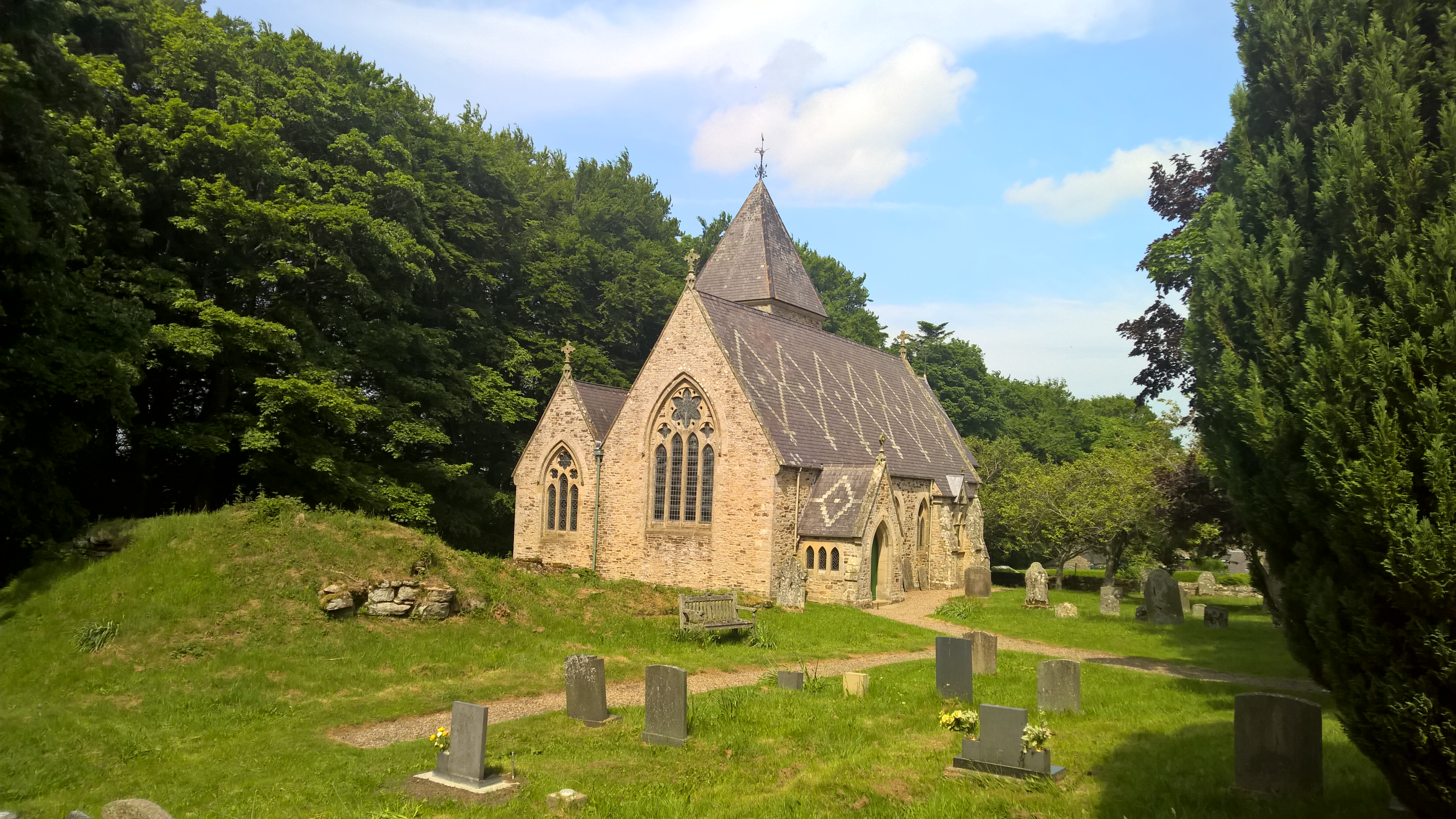Boltshope Park
Wood, Forest in Durham
England
Boltshope Park
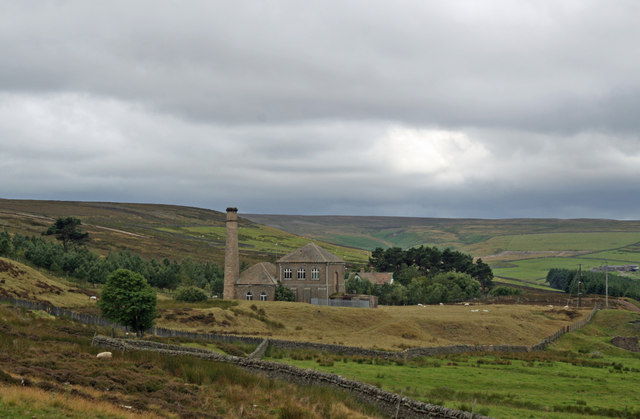
Boltshope Park is a serene and picturesque woodland area located in Durham, England. Nestled within the heart of the stunning Durham Dales, this enchanting forest is a haven for nature enthusiasts and those seeking tranquility.
Covering an area of approximately 100 acres, Boltshope Park boasts an abundance of diverse flora and fauna. The park is primarily composed of mixed woodland, featuring towering oak, beech, and birch trees, providing a lush and verdant canopy. The forest floor is carpeted with a variety of wildflowers, offering a vibrant display of colors during the spring and summer months.
Wandering through the park, visitors can explore a network of well-maintained trails that wind through the forest. These trails offer breathtaking views of the surrounding countryside and provide opportunities for leisurely walks, hiking, and birdwatching. Bird species such as woodpeckers, owls, and various songbirds can be spotted within the park, making it a popular destination for bird enthusiasts.
Boltshope Park is also home to a small stream that meanders through the woodland, adding to the park's natural beauty. The babbling brook creates a soothing ambiance and provides a habitat for aquatic wildlife, including small fish and amphibians.
Due to its remote location, Boltshope Park remains relatively untouched by urban development and offers a peaceful retreat away from the hustle and bustle of city life. The park is a popular spot for picnics and family outings, with several picnic areas scattered throughout the woodland.
Overall, Boltshope Park in Durham is a hidden gem, offering visitors a chance to connect with nature and experience the tranquility of a beautiful woodland setting.
If you have any feedback on the listing, please let us know in the comments section below.
Boltshope Park Images
Images are sourced within 2km of 54.821496/-2.0864067 or Grid Reference NY9447. Thanks to Geograph Open Source API. All images are credited.

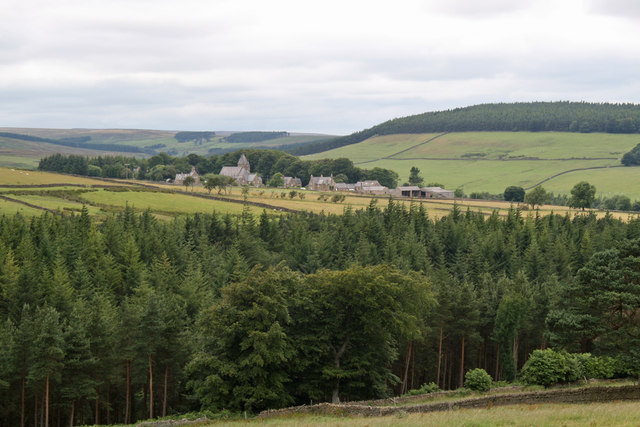
Boltshope Park is located at Grid Ref: NY9447 (Lat: 54.821496, Lng: -2.0864067)
Unitary Authority: County Durham
Police Authority: Durham
What 3 Words
///classmate.blaze.pastime. Near Stanhope, Co. Durham
Nearby Locations
Related Wikis
Ramshaw, Consett
Ramshaw is a small village in County Durham, in England. It is situated to the south of Hunstanworth, a few miles west of Consett. Lead mining was an important...
Townfield
Townfield is a village in County Durham, in England. It is situated just to the south of Hunstanworth and part of that parish, about 10 miles (16 km) west...
Beldon Burn
Beldon Burn is a headwater stream of the River Derwent in Northumberland and County Durham, England.It rises at Quickcleugh Moss as the Quickcleugh Burn...
Hunstanworth
Hunstanworth is a village in County Durham, England. It is situated approximately 10 miles to the west of Consett, south-west of the village of Blanchland...
Baybridge, Northumberland
Baybridge is a small village in Northumberland, England, just to the west of Blanchland and on the border with County Durham. It is situated to the west...
Blanchland
Blanchland is a village in Northumberland, England, on the County Durham boundary. The population of the civil parish at the 2011 census was 135.Set beside...
Blanchland Abbey
Blanchland Abbey at Blanchland, in the English county of Northumberland, was founded as a premonstratensian priory in 1165 by Walter de Bolbec II, and...
Lintzgarth
Lintzgarth is a village in the civil parish of Stanhope, in County Durham, England. It is situated to the west of Rookhope. The Lintzgarth smeltmill was...
Related Videos
Harrison's Cross Blanchland
As far as I can tell, this cross like structure has no significant meaning, and was probably built to protect animals from the high ...
Baybridge ~ Newbiggin Fell ~ Nookton Fell loop with iWalksNE ~ 10.2 miles ~ Glorious!
Who would have thought a day after the battering of Storm Babet we would have clear-blue skies and perfect walking weather and ...
Blanchland & Slaley Forest, Northumberland - 6 March 2023
A 10 mile walk from Blanchland. The route heads east along the River Derwent until it reaches the Derwent Reservoir. Here the ...
Nearby Amenities
Located within 500m of 54.821496,-2.0864067Have you been to Boltshope Park?
Leave your review of Boltshope Park below (or comments, questions and feedback).
